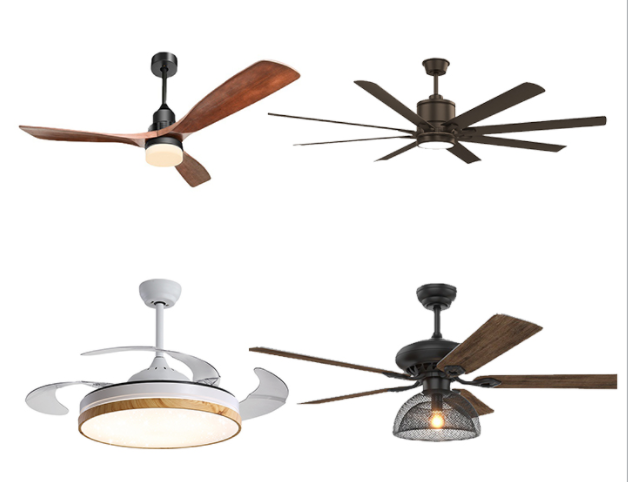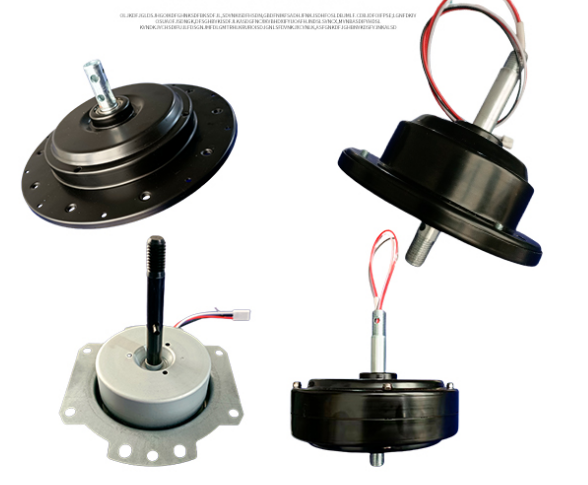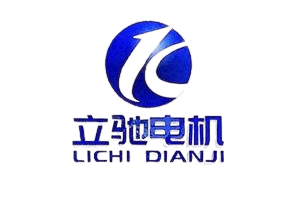Understanding the Limitations of Single-Phase Power
Single-phase power, characterized by a single alternating current (AC) waveform, delivers pulsating power. This pulsation creates torque variations in single-phase motors, leading to vibrations, reduced efficiency, and shorter lifespan. While sufficient for many smaller appliances, demanding applications often require the consistent and higher power output of a three-phase motor.
Three-phase power, on the other hand, boasts three distinct AC waveforms offset by 120 degrees. This creates a smoother, more constant power delivery, resulting in higher torque, reduced vibrations, and significantly increased efficiency for three-phase motors. These motors are inherently more robust and better suited for heavy-duty applications requiring consistent power and precise control.

The Role of Variable Frequency Drives (VFDs)
Variable Frequency Drives (VFDs), also known as inverters, are the key to converting single-phase power to a usable three-phase supply. These electronic devices rectify the single-phase AC input into direct current (DC), then invert this DC back into three-phase AC using sophisticated power electronics. This conversion allows a three-phase motor to operate smoothly and efficiently from a single-phase source.
Modern VFDs are highly sophisticated, incorporating features such as soft starts, speed control, torque control, and protection mechanisms. These features enhance motor lifespan, improve energy efficiency, and ensure safer operation. The frequency and voltage output of the VFD can be adjusted precisely, offering unparalleled control over the motor's speed and torque, something not possible with a direct single-phase motor connection.

Choosing the Right Single-Phase to Three-Phase VFD
Selecting the appropriate VFD is crucial for optimal performance and longevity. Several factors must be considered, including the motor's horsepower rating, voltage requirements, and the specific application demands. Oversizing the VFD provides added headroom and ensures reliable operation under heavy loads, while undersizing can lead to overheating and premature failure.
The type of VFD also matters. Some VFDs offer advanced features like regenerative braking, which captures and reuses energy during deceleration, significantly improving energy efficiency. Other features to consider include built-in communication protocols for integration into larger automation systems and protective mechanisms to safeguard the motor and the VFD itself from overloads, short circuits, and other potential issues.
Installation and Considerations
Installing a single-phase to three-phase VFD involves careful consideration of electrical safety. Proper grounding, appropriate wiring, and adherence to local electrical codes are paramount. The installation process may require the expertise of a qualified electrician, especially for higher power applications.
Furthermore, the heat generated by the VFD needs proper ventilation. Sufficient air circulation is essential to prevent overheating and ensure the longevity of the VFD. The VFD should be installed in a location with adequate ventilation and away from flammable materials.
Benefits of Upgrading to Three-Phase Power via VFD
The benefits of upgrading from single-phase to three-phase power using a VFD are numerous. Perhaps the most significant is the substantial increase in efficiency, often resulting in significant energy savings over time. Three-phase motors are inherently more efficient than their single-phase counterparts, and this efficiency is further enhanced by the precise control offered by the VFD.
Beyond energy savings, the improved torque and smoother operation of three-phase motors translates to enhanced productivity and reduced wear and tear on machinery. The ability to precisely control motor speed and torque through the VFD allows for fine-tuning of processes, optimizing efficiency and quality. This superior control extends the lifespan of the motor and reduces maintenance needs.
Conclusion
Upgrading your power system from single-phase to three-phase using a VFD is a significant investment that yields substantial long-term benefits. The increased efficiency, enhanced motor performance, and precise control offered by this technology make it a compelling solution for many industrial and commercial applications. While the initial cost might seem substantial, the energy savings, improved productivity, and extended equipment lifespan quickly offset the initial investment, making it a worthwhile upgrade for those seeking optimized power and enhanced operational capabilities.
However, it is crucial to carefully select the right VFD, ensure proper installation, and adhere to all safety guidelines. Consulting with a qualified electrician is highly recommended, especially for complex installations or high-power applications, ensuring a safe, efficient, and reliable upgrade to three-phase power.
Fan lamp motor, ceiling fan motor, DC BLDC motor, different shapes, suitable for different fan blade installation

